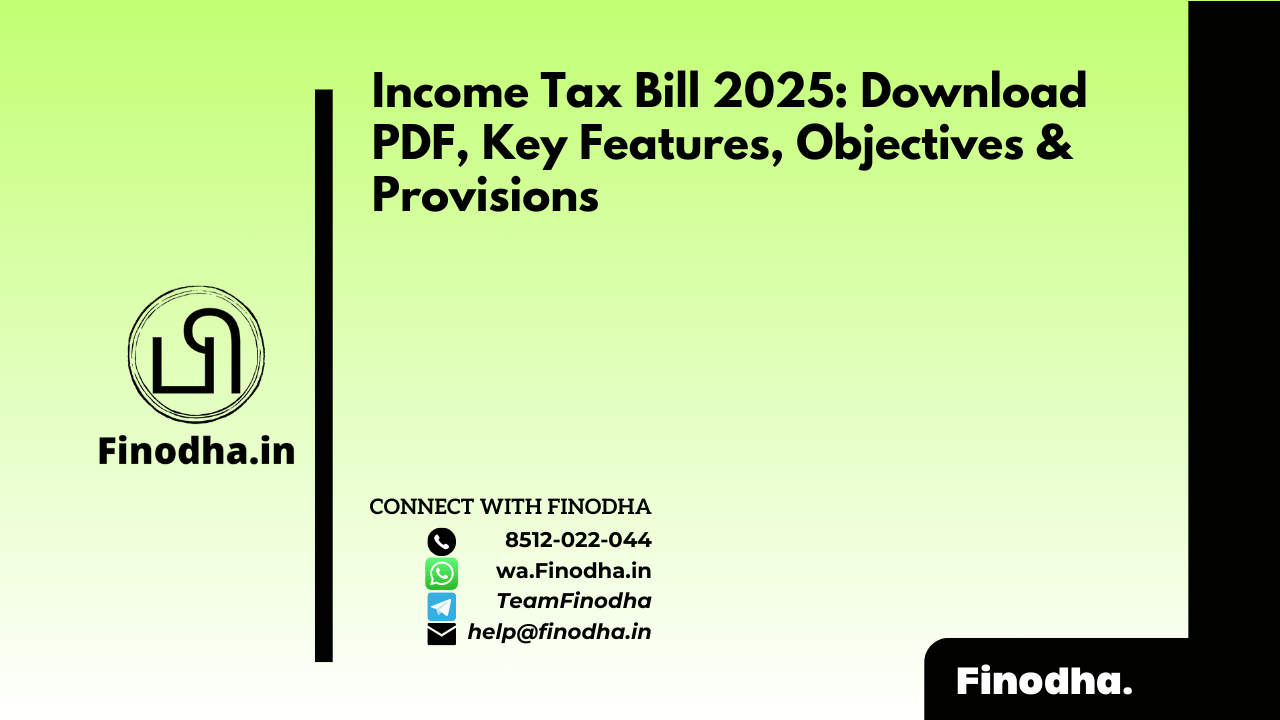Important Keywords: Break-even price, Neutrality, Total revenue, Total costs, Investing, Trading, Determination, Managerial economics, Incremental costs, Profitability.
Table of Contents
Introduction:
The concept of a break-even price holds significant importance for investors, traders, and businesses. It represents the price level at which there is no profit or loss. In business, the break-even point indicates the threshold at which total revenue equals total costs. This article aims to provide a simplified explanation of break-even price, its significance, and applications in various contexts, catering to the understanding of average Indian readers with limited English grammar knowledge.
Subheadings:
- What is Break-Even Price?
- Break-Even Price in Investing and Trading
- Determining Break-Even Price
- Managerial Use of Break-Even Price
- Example Illustration for Indian Readers
- Key Takeaways
- Conclusion
What is Break-Even Price?
Break-even price refers to the price level at which an investor or trader neither incurs a profit nor a loss. It is the point where all costs, including the initial investment, are covered. In business, the break-even point is reached when total revenue matches total costs, resulting in no profit or loss. Any amount realized above the break-even price is considered profit.
Break-Even Price in Investing and Trading:
In the context of investing and trading, the break-even price is the level at which an investor or trader can sell an asset to recover their costs without incurring a loss. It serves as a reference point to evaluate the performance of an investment and make informed decisions about selling.
Determining Break-Even Price:
The break-even price can be determined using a simple formula:
subtracting the total costs from the aggregate monetary receipts or sale value. It represents the price at which the sale value matches the total costs. The total costs incurred in production or investment form the basis for setting the break-even price.
Managerial Use of Break-Even Price:
Managerial economists utilize the break-even price formula to determine incremental costs associated with incremental production. This evaluation aids businesses in planning capacity expansions by quantitatively assessing the costs and setting appropriate sale prices.
Example:
Let’s consider a scenario where Mr. Sharma starts a clothing business. He incurs various costs, including the cost of purchasing inventory, rent, utilities, wages, and other overhead expenses. To determine the break-even price, Mr. Sharma calculates the total costs and sets the selling price accordingly. Once he reaches the break-even point, any revenue generated above that becomes profit.
Key Takeaways:
- Break-even price represents the price level at which there is no profit or loss.
- It is relevant in investing, trading, and business contexts.
- The break-even point is reached when total revenue equals total costs.
- Determining break-even price involves subtracting total costs from the sale value.
- Businesses can utilize break-even price to evaluate profitability and plan expansion.
Conclusion:
Understanding the concept of break-even price is crucial for investors, traders, and businesses as it helps assess profitability and make informed decisions. By calculating the break-even point, individuals and companies can evaluate the performance of their investments, set appropriate selling prices, and determine the viability of new ventures or expansion plans.
Popular Tags:
Capital gains (21) CGST (277) Chapter VI-A (15) e-Compliance Portal (21) E-Verify (20) economic growth (21) F&O Trading (29) F.No.354/117/2017-TRU (23) F. No. CBIC-20001/4/2024-GST (15) Financial planning (15) financial stability (17) GST (1424) IGST (222) Income from House Property (17) Income Heads (16) Income Source (14) Income tax (111) Income Tax Account (15) Income Tax Filing (20) Indian context (22) Indian investors (16) ITR-3 (19) ITR Form (20) P&L Statement (24) PAN (13) Risk Management (20) Salary Income (19) Section 7(1) UTGST Act 2017 (14) Section 8(1) UTGST Act 2017 (26) section 9 (18) section 10 (28) section 15 (13) section 25 (17) section 39 (24) section 49 (16) section 50 (16) section 51 (13) Section 52 (16) Section 54 (13) section 73 (20) section 74 (21) SGST (223) Speculative Income (14) Trading Income (33) UTGST (78)




